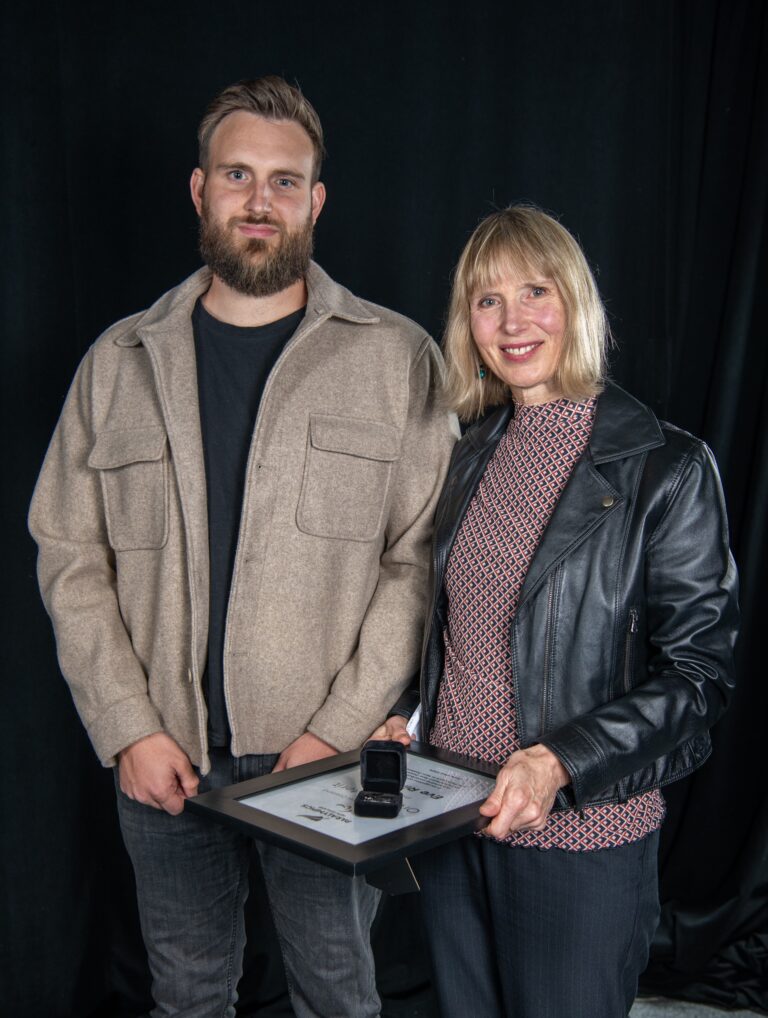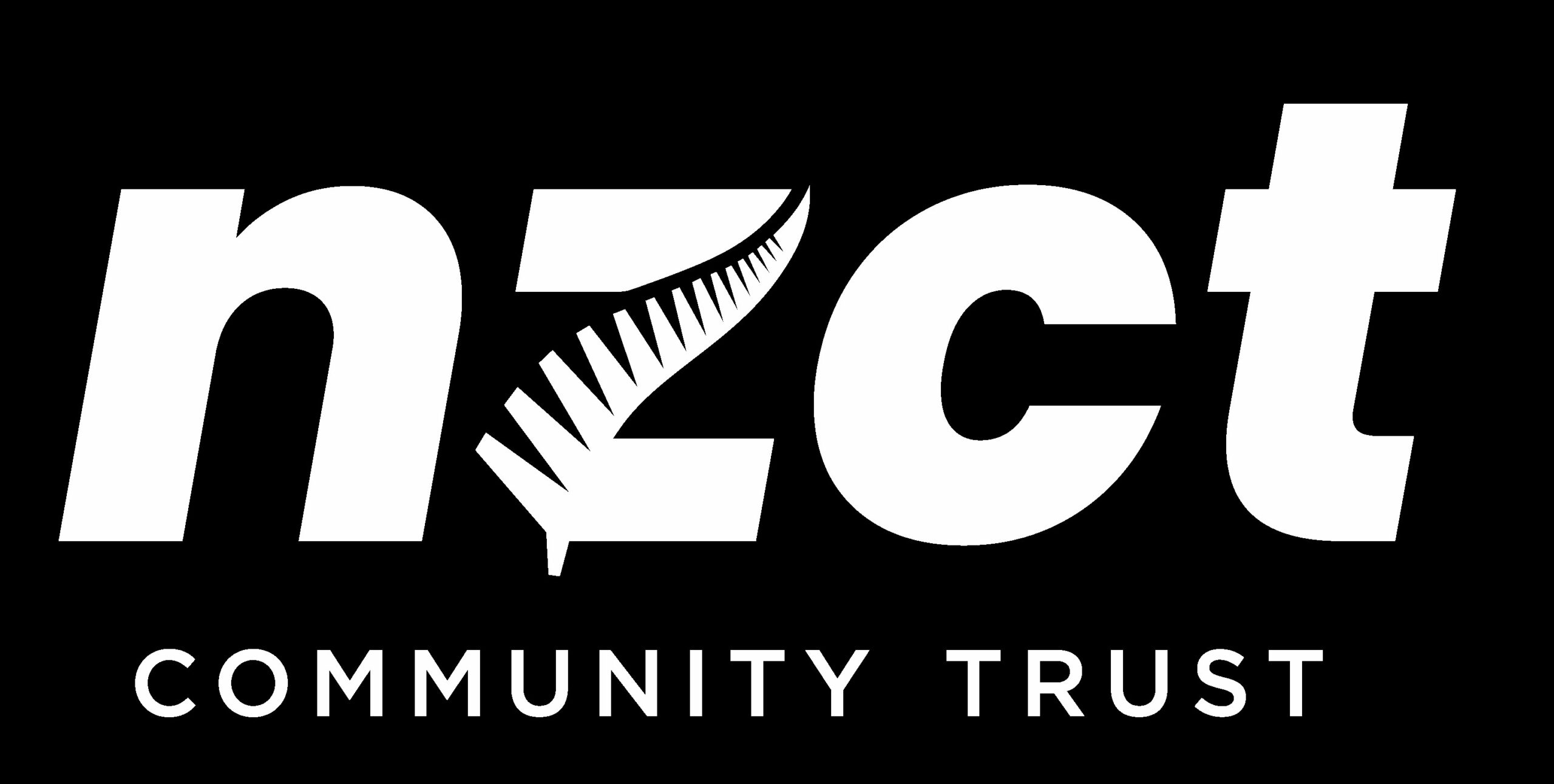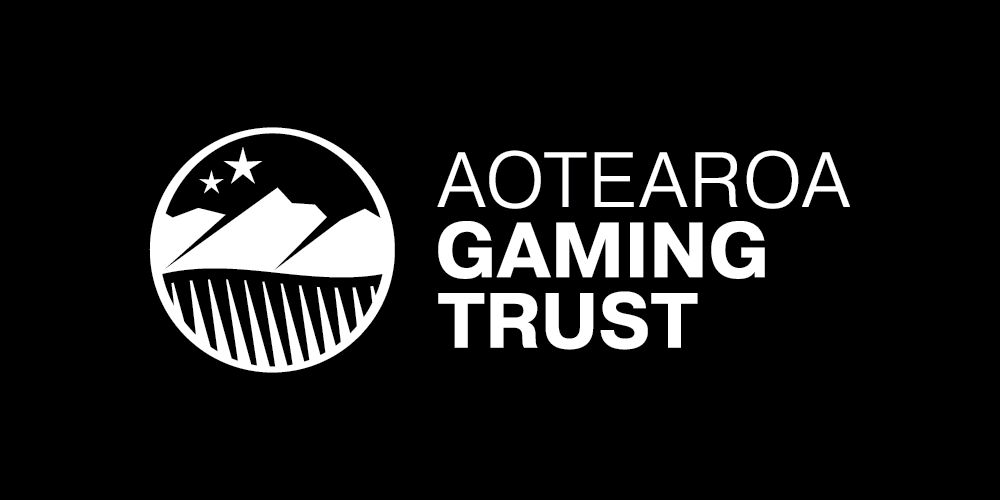There’s a point in every young alpine skier’s career where the heart veers towards either a daredevil need for speed or the finesse of many a tight twist and turn. Ant (Anthony) Field knew pretty early on that he belonged to the first group.
“It’s not as scary as it looks,“ he promises. As a highly competitive downhill Para alpine skier he became New Zealand’s Paralympian #157 at the Torino 2006 Paralympic Winter Games in Italy, Field was regularly zooming down courses at more than 100 kph.
“Surprisingly, you don’t feel unstable on the skis in the downhill at that high speed,“ he says. “When you do it right, it almost feels like you’re on train tracks.“
Although Field grew up in the snowless climes of Waikato and Auckland, skiing is in his blood. His mother’s family hails from Central Otago so, from as far back as he can remember, annual visits would be accompanied by a family ski trip up the mountains around Queenstown and Wanaka. At 18, he moved to Otago, for university in Dunedin and to spend “every spare day“ up the mountains on skis.
Life had by then chucked a few twists and turns his way. As an eight-year-old, he was playing cricket with his brother near the road when he ran after the ball and into the path of an oncoming car.
“I lost my right arm immediately, halfway between the shoulder and elbow, and almost lost my right leg with a compound fracture. I was in an induced coma for three days, it was a life and death situation.“
Fast forward a year and he was already back up the mountain with his family again.
“Getting back on the snow just came naturally at that age. I was fortunate losing my arm didn’t prevent me from continuing with our family tradition.“
Physically, the scars had healed. Psychologically, it was a longer run.
“I’d re-learned to do most things with my left hand so, after the initial adjustment, I didn’t bother with a prosthetic. But mentally, I think it took until my late teens to get over the injury that was a really big step for me.
“I think self-confidence is an issue for many teens, and it was amplified for me with the loss of a limb. Para alpine skiing turned out to be a big part of strengthening that self-confidence, in that I felt able to do something physical 100 percent.“
While at university studying zoology for a Bachelor of Science, he also completed a ski instructor’s course and, interested in putting the technical theory into practice, started dabbling in Para alpine ski racing.
“Then I ran into Jane Stevens, who was the coach of New Zealand’s adaptive ski team at the time. I did a couple of training sessions with Jane after which she asked if I was interested in taking it further. So at 22, that was my beginning on the Paralympic pathway.“
The decision to challenge himself and train for a tilt at the Torino 2006 Paralympic Winter Games not only took him to Italy in 2006 where he was one of just two New Zealand Paralympians competing, alongside fellow Para alpine skier Adam Hall, but to competitions in Japan and South Korea, as well as three seasons in the United States followed by one season based in Spain in the build-up to Torino.

“It was a lot of travelling to races which is a great way to see the world as well, mixed with anticipation and the excitement of racing. It’s a big undertaking to ski and train year-round, fulltime, from New Zealand, and that sense of achievement getting to that level at Torino it sinks in when you are finally there. It was an amazing experience.“
Field flew the flag in the Super G Standing, Giant Slalom Standing and Slalom Standing (with tight, technical turns) as well as his favoured discipline, the Downhill Standing the event with the longest turn radius and fewest gates, and consequently the most thrilling speeds.
Having been born right-handed, he’d learned to constantly focus on keeping his right shoulder forward to maintain balance and momentum “because if I forgot that for an instant, my ski would lose the edge [meaning the angled ski loses its grip on the snow] and I wouldn’t be making a clean turn.“
Today he still draws on his experiences as he looks to actively give back to the sport, while he’s also a Licensed Cadastral Surveyor and working part-time in Wanaka.
“That allows me to teach both adaptive and able-bodied skiers up at Cardrona you can’t keep me out of the mountains and I’m volunteering as a coach and mentor for some of the young Para alpine skiers coming through as well.
“To be able to give back to the adaptive side of the sport and the organisation that helped me to get to the Paralympics, that’s a real buzz and, talking to the people in wheelchairs, the common theme is that when they get on the snow, they absolutely relish being able to suddenly go wherever they want, at whatever speed they want, without the limits of the normal environment.
“Then when the able-bodied skiers that I coach see a sit-skier go past, I love that it’s opening up the realisation that there really are no human limits. I think that’s the great thing about Para alpine skiing. It truly gives people back their freedom of movement.“




Story created by Margot Butcher for Storyation in partnership with Paralympics New Zealand.
Photo credits: Sheena Haywood




























